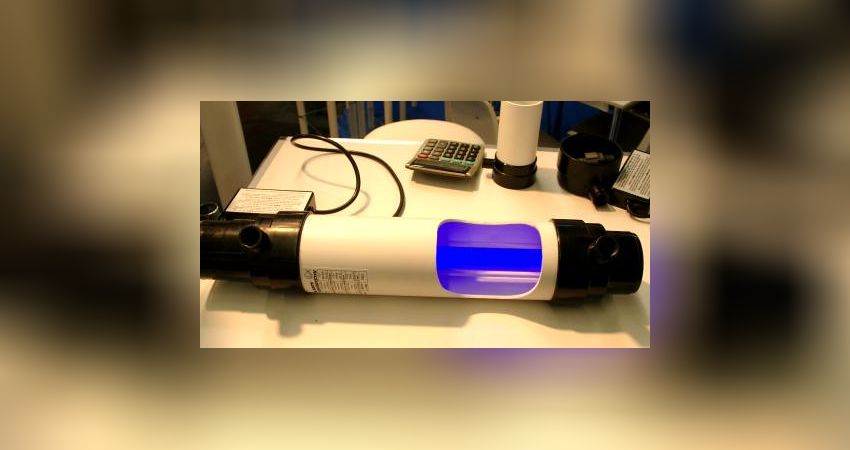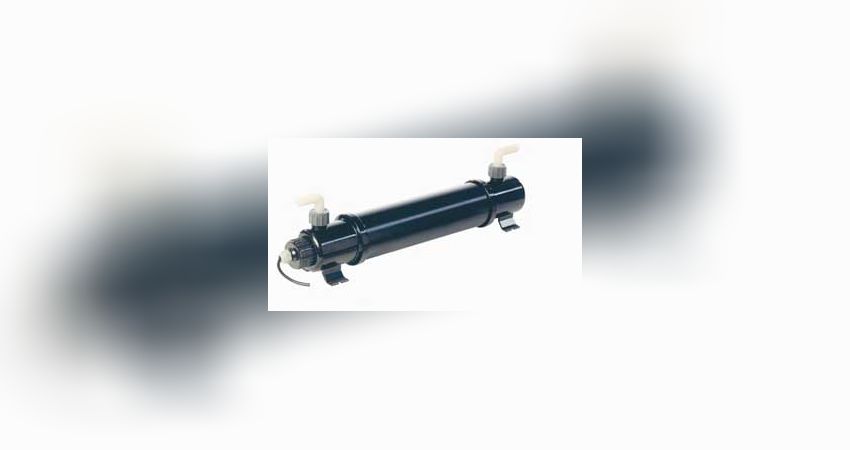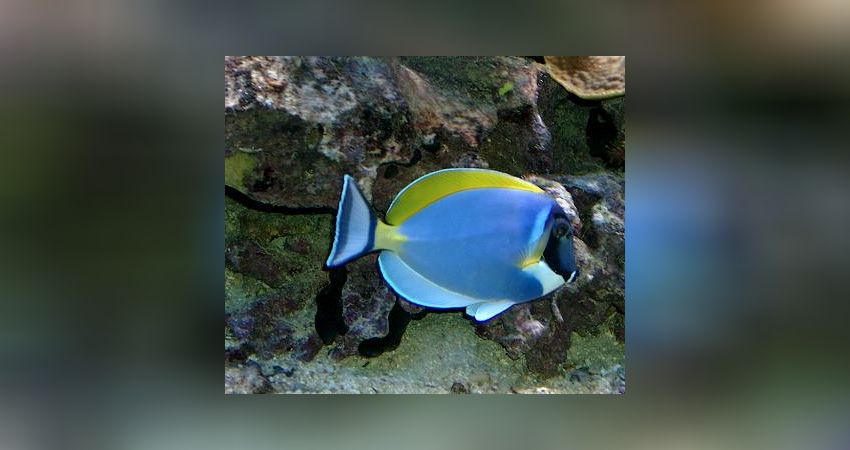19 - UV clarification

Innenleben einer UV
Information on UV clarification in marine aquariums! Why it is important, and why it should always be running if present
UV clarification:
After the run-in phase and the end of the algae phases, you will start thinking about putting fish into the tank sooner or later. At the latest now you should also think about whether you want to use a UV system. Especially if you plan to keep sensitive fish that are prone to puddles, there is usually no way around a UV system.
At least not then.
At least not if you want to offer yourself and your fish a little security that one fish will not infect all the others. A UV system is a small but important parameter that will at least help to keep the pathogens in check when diseases break out. There is no 100% certainty, but with vitaminised food, garlic and aleo vera, which can be added to the food, it is another point that can help to prevent diseases or at least get them under control.
Deltec UV
Unfortunately, there are almost no really helpful medications that can be given in the reef tank, which is why a UV clarifier can often be helpful.
How a UV clarifier works:
Using an appropriate circulation pump, water is passed through a tube. The UV lamp is located in the tube. The water, and with it the bacterial pathogens and water particles, are passed by at a very small distance of usually only a few mm. In this way, the passed water is intensively irradiated. The irradiation kills the bacteria and floating algae contained in the water. The more intensive the irradiation and dwell time of the water, the greater the rate of disinfection. An overdose or even 100% sterilisation is not possible. On the one hand, this is due to the fact that water cannot store UV radiation, and on the other hand, only the bacteria and floating algae in the water are caught. Resident bacteria, which are important for nitrite cation and denitrification, are not affected.
Application:
Often the authors hear about the operation of a UV clarifier, but then realise that it is being operated incorrectly. A UV clarifier must be operated continuously in order to work effectively. UV treatment for only a few hours or a few days is useless. It takes at least 2-3 weeks with initial operation until the highest possible sterilisation is achieved, but only two days after switching off the device until the germ count is as high as without operation of a UV clarifier. There are quite a few aquarists who only run their UV system sporadically... but you can forget that, in this case it only costs electricity and wears out a UV system or its lamp even more. So you should run a UV system before buying sensitive fish and only introduce the fish stock after the third week. Another important point is the appropriate power of the UV lamp. It is of little use to run a 9 watt lamp in a 1000 litre aquarium. For 1000 litres, you should always go for a 25 - 30 watt UV system.
For aquariums up to 300 litres, a 9 - 11 watt unit will also do. Remember that UV lamps are subject to wear and tear, as are all light sources. The UV lamp should be replaced after approx. 8000 hours. It is best to follow the manufacturer's instructions.
Advantages:
Sensible device to prevent and fight diseases
Depletion of floating algae in plankton blooms
Disadvantages:
Warming of the water, which can often be a problem in small aquariums
This is how you have to imagine a UV system on the inside. (Picture taken at the DeBary stand - Interzoo 2004)
Innenleben einer UV
Conclusion:
A UV clarifier is an important device if you notice signs of illness in your fish, or if you want to keep sensitive fish that are prone to pitting (such as the white-throated surgeonfish Acanthurus leucosternon) in the aquarium. For many delicate fish, it is essential to have a UV filter in continuous operation. However, with normal fish stocking and a stable aquarium that has been standing for a long time, you can do without a UV system. However, if new fish are added and you want to be on the safe side, you should operate a UV filter, even if only temporarily.
[picture:
].empfindlicher Doktor
This white-throated surgeonfish should only be kept with a UV system, it is considered one of the most sensitive fishes of all!
Frank Diehl, Robert Baur-Kruppas
How do you like this article?
Info
Author

Bookmark
Comments
Topics
Similar articles
- How a marine aquarium is created Part 44: Changes are coming!
- How a marine aquarium is created-Part 5: The current Part 2
- 09 - The protein skimmer
- How a marine aquarium is created Part 32: The aquarium on holiday
- 37 - Pests Part 2
- How a marine aquarium is created Part 45: The new Maxspect MJ-GF4k cross-flow pump
- 35 - Shrimps in the aquarium
- The nano reef: set-up and basics
- How a marine aquarium is created-Part 18: Supply KH, calcium and magnesium
- 16 - Part 3 Filter systems - The Jaubert system
Comments To the top
Please register
In order to be able to write something yourself, you must register in advance.








